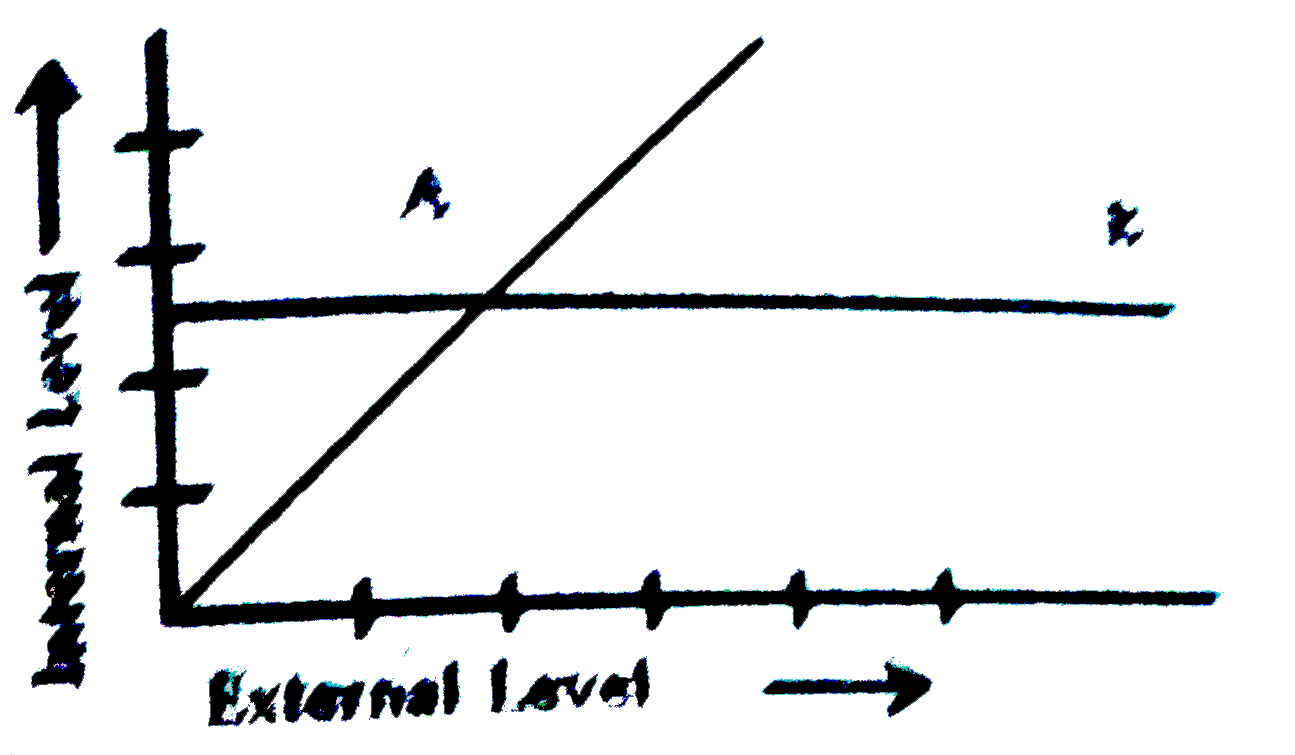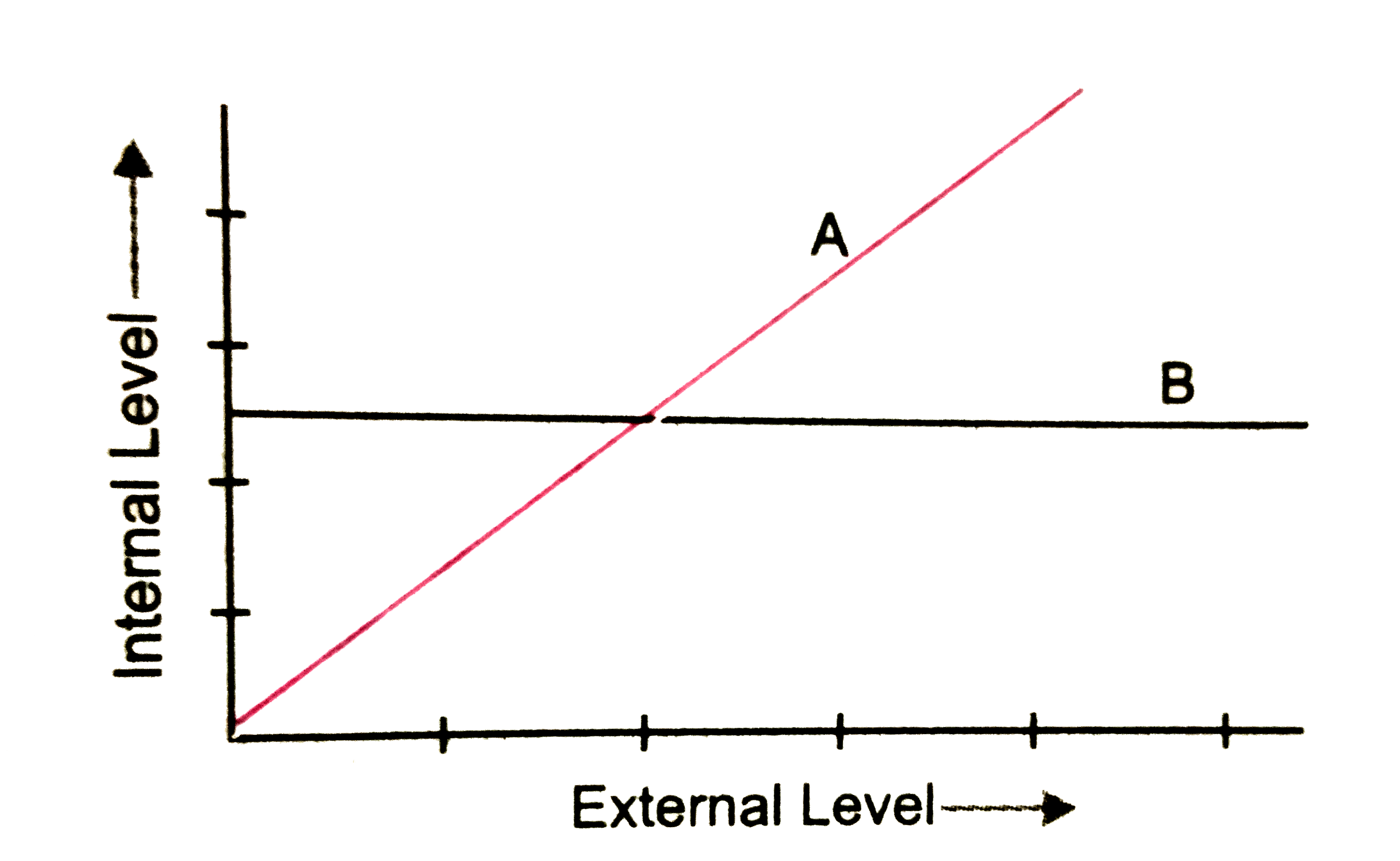Many parasites have evolved to be …….A……in such a way that both host and the parasite tend to ……….B…….that is if host evolves special mechanisms for rejecting or resisting the parasists the parasite have to evelve mechanisms to ……..C…… and neutralise them , in order to be successful with the same host species
Choose the correct option for A ,B and C
A-host specific ,B-evolve, C-counteract
A-host specific ,B-coevolve,C-counteract
A-source specific ,B-coevolve,C-counteract
A-source specific ,B-evolve ,C-counteract
The correct Answer is:B
To solve the question, we need to fill in the blanks A, B, and C based on the context of parasitism and co-evolution between hosts and parasites.
1. Understanding the Nature of Parasites (Blank A):
- The question states that "many parasites have evolved to be …….A…… in such a way that both host and the parasite tend to ……….B…."
- In the context of parasitism, parasites often evolve to be host-specific. This means that a particular parasite is adapted to live on or in a specific host species.
- Therefore, for Blank A, the correct option is "host-specific."
2. Understanding Co-evolution (Blank B):
- The next part of the sentence mentions that both the host and the parasite tend to ……….B…….
- The term that fits here is "co-evolve." Co-evolution refers to the process where two or more species influence each other's evolutionary trajectory. In this case, as the host evolves defenses against the parasite, the parasite evolves counter-defenses.
- Thus, for Blank B, the correct option is "co-evolve."
3. Understanding Parasite Adaptation (Blank C):
- The last part of the sentence states, "if the host evolves special mechanisms for rejecting or resisting the parasites, the parasite has to evolve mechanisms to ……..C…… and neutralize them."
- The appropriate term to fill in this blank is "counteract." This means that the parasite must develop strategies to overcome the host's defenses in order to survive and continue to exploit the host.
- Therefore, for Blank C, the correct option is "counteract."
Final Answer:
- A: host-specific
- B: co-evolve
- C: counteract
- The question states that "many parasites have evolved to be …….A…… in such a way that both host and the parasite tend to ……….B…."
- In the context of parasitism, parasites often evolve to be host-specific. This means that a particular parasite is adapted to live on or in a specific host species.
- Therefore, for Blank A, the correct option is "host-specific."
- The next part of the sentence mentions that both the host and the parasite tend to ……….B…….
- The term that fits here is "co-evolve." Co-evolution refers to the process where two or more species influence each other's evolutionary trajectory. In this case, as the host evolves defenses against the parasite, the parasite evolves counter-defenses.
- Thus, for Blank B, the correct option is "co-evolve."
- The last part of the sentence states, "if the host evolves special mechanisms for rejecting or resisting the parasites, the parasite has to evolve mechanisms to ……..C…… and neutralize them."
- The appropriate term to fill in this blank is "counteract." This means that the parasite must develop strategies to overcome the host's defenses in order to survive and continue to exploit the host.
- Therefore, for Blank C, the correct option is "counteract."
- A: host-specific
- B: co-evolve
- C: counteract
Similar Questions
(a) Write how parasites have evolved with adaptation to coexist with their hosts in an ecosystem. (b) Parasites are host specific and tend to co-evolve. How would the parasite respond if the host evolves a certain mechanism to resist or reject the parasite ?
View SolutionWe know that the average depth of the sea is about two and a half miles, but in a few places it is very deep indeed-over six miles. The air presses upon our bodies with a weight of about fifteen pounds to the square inch at 82 (a) sea-water/(b) sea-level/(c) sea-bed We are used to this air pressure and 83. (a) do/ (b) did /(c) does not notice it. In the sea this 84(a) weight/ (b) volume/ (c) pressure is doubled at a depth of thirty-five feet, ant it 85. (a) expand (b) decreases (c) increases at this rate for greater depths. In the great deeps 86. (a) off (b) of (c) on the Philippine Islands, a man would be squeezed and utterly crushed by a pressure of 87. (a) severe (b) several (c) sheer tons per square inch. The pressure near the ocean floor is 88. (a) such (b) not (c) so such great that if you were to weigh a piece of wood and 89. (a) measure (b) follow (c) lower it to a great depth and then pull it 90. (a) up again it would no longer float, 91. (a) but (b) for (c) when it would have become waterlogged. All the tiny wood cells and cavities 92. (a) should (b) could (c) would have burst and become filled with water. We 93. (a) know (b) have known (c) are knowing that live at a depth of three miles and more and we wonder 94. (a) why (b) how (c) what this can be. The bodies of animals down 95. (a) here (b) where (c) there are almost entirely filled with water, and 96. (a) this (b) these (c) thus saves them from being crushed. However, many of 97. (a) such (b) those (c ) there animals contain some gases as well, for 98. (a) then (b) since (c) when they are captured in nets and drawn 99. (a) on (b) to (c) from the surface these gases expand so much that the animal 100. (a) immediately (b) eventually (c) actually explodes. Its body is torn to shreds as it 101.(a) bursts. (b) jumps (c) lands. Choose the correct option for blank no 87.
View Solution
Knowledge Check
- Question 1 - Select One
Read the following statements and select the correct option.
Statement 1: Brood parasitism in birds is an example of parasitism in which the parasitic bird lays its eggs in the nest of its host and the host incubates them.
Statement : During the course of evolution, the eggs of the parasite bird have evolved to resemble the host's eggs in size and colour to reduce the chances of the host bird detecting the foreign eggs and removing them from the nest.ABoth statements 1 and 2 are correctBStatement 1 is correct but statement 2 is incorrectCStatement 1 is incorrect but statement 2 is correctDBoth statements 1 and 2 are incorrect - Question 2 - Select One
Heat loss or heat gain is a function of surface area, since small animals have ………..A……….relative to their volume, they tend to lose body heat very fast, when volume , they have to expend ……….B………to generate body heat through metabolism.
This is the main reason why very small animals are...........C..........found in polar regions.
Choose the correct option for A,B and CAA-larger surface area,B-much energy, C-rarelyBA-larger surface area,B-low energy C-rarelyCA-smaller,B-less energy C-rarelyDA-smaller, B-much energy C-rarely - Question 3 - Select One
Read the following statements and find out the incorrect statement(s).
a. Parasatic mode of life ensures free lodging and meals so parasitism has evolved in so many taxonomic groups from platns to higher vertebrates/
b. Many parasites have evolved to be host specific, i.e. they can parasitise only a single species of host.
c. The life-cycle of parasites are often complex, involving one or two intermediate host or vectors to facilitate parasitisation of its secondary host.
d. All parasites harm the host.
e. Lice on dogs and ticks on humans are familiar examples of ectoparasites.Aa, b and cBb, c and dCc, d and eDa, b and d
(a) The graph given below represents the organisms response to temperature as an environmental condition.
(i) Which one of the two lines represents conformers and why ?
(ii) What does the other line in the graph represent and why ?
(b) Mention the different adaptations the parasites have evolved with, to be able to successfully complete their life cycles in their hosts.
 View Solution
View SolutionThe graph given below represents the organisms reponse to temperature as an environmental conditions :

(i) Which one of the two lines represents conformers and why ?
(ii) What does the other line in the graph represent and why ?
(b) Mention the different adaptations the parasites have evolved with , to be able to successfuly complete their life cycle in their hosts.View SolutionGiven below are four jumbled sentence. Pick the option that gives their correct order.
A.Today, man is the master of the world and he makes the animals do what he likes
B.Others he eats, and those like the lion and the tiger, he shoots for pleasure.
C.Early man, when he first came, must have been surrounded by many huge animals and he must have lived in fear of them.
D.Some he tames like the horse, the cow, the elephant, the dog, the cat and so many others.View SolutionThe rate and mechamical reaction are studied in chemical kinetics. The elementary reactions are single step reaction having no mechanism. The order of reaction and molecularity are same for elementary reactions. The rate of forward reaction aA+bB→cC+dD is given as:
rate=(dxdt)=−1ad[A]dt=−1bd[B]dt=1cd[C]dt=1dd[D]dt or expression can be written as : rate =K1[A]a[B]b−K2[C]c[D]d. At equilibrium, rate =0. The constants K,K1,K2 are rate constants of respective reaction. In case of reactions governed by two or more steps reaction mechanism, the rate is given by the slowest step of mechanism.
For a gaseous reaction, the rate is expressed in terms of dPdt in place of dCdt or dndt where C is concentration, n is number of moles and 'P' is pressure of reactant. The three are related as:View SolutionGiven below are four sentences that are jumbled. Pick the option that gives the correct order.
A. It is one of the most popular pastimes. B. Finding fault with others is the most common human folly. C. But while railing at others, we hardly realise that we have the same faults in ourselves.View Solution

